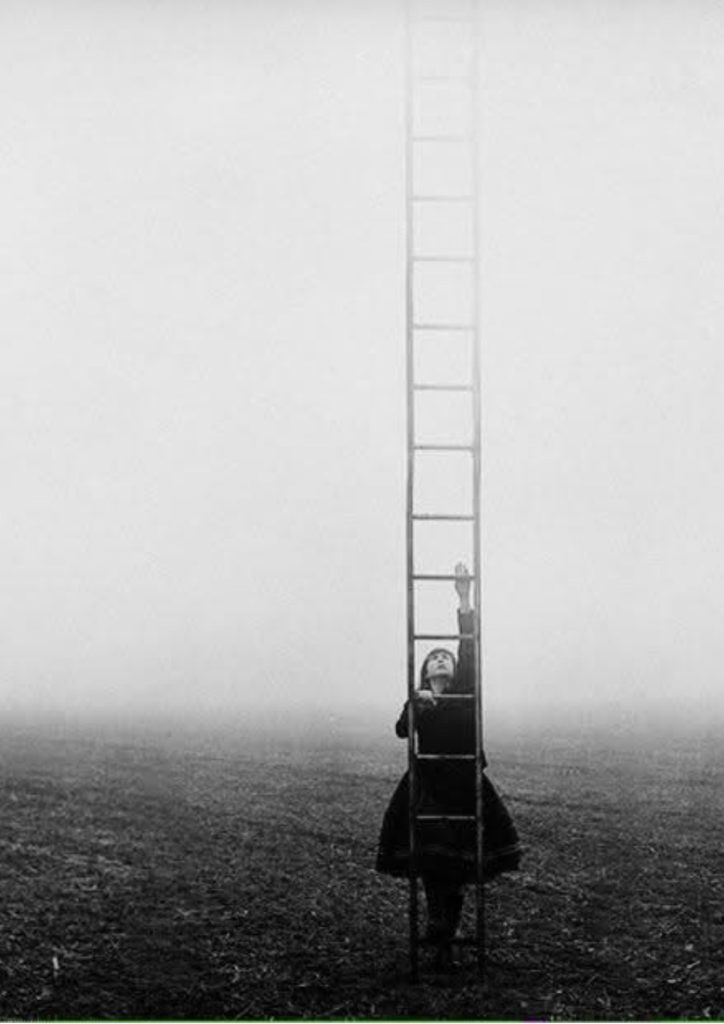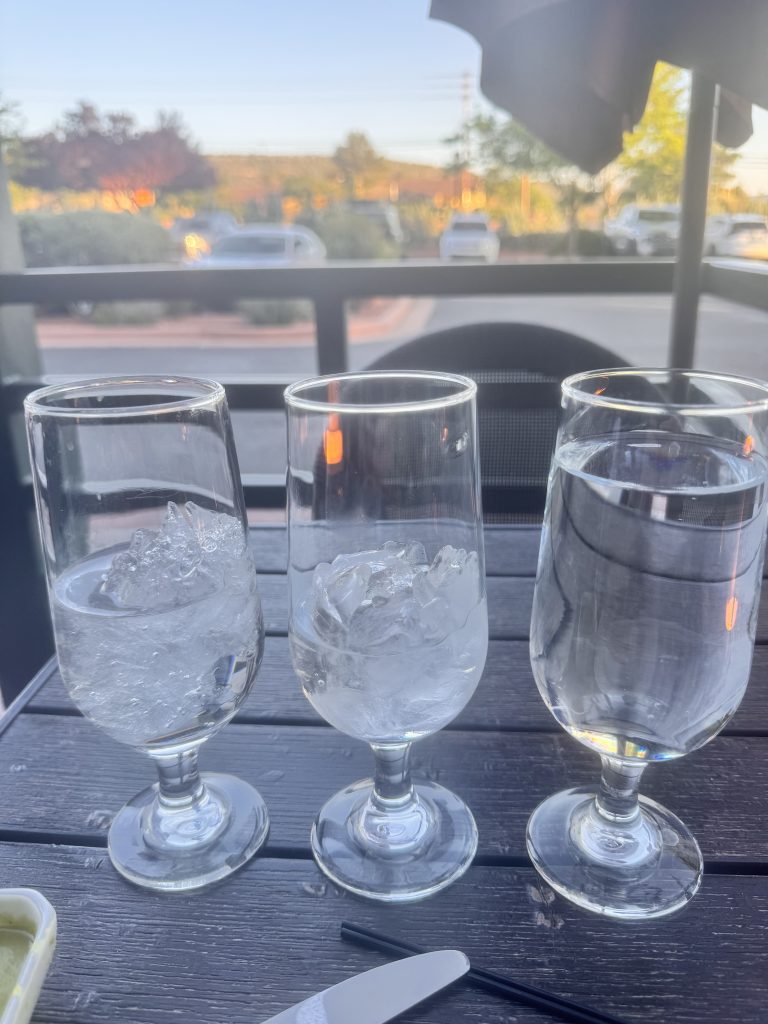
I know less than ten people who have had a child die. Although I couldn’t begin to understand the depths of what they were going through, or what to say to them, I thought their grief was something they would slowly move through, eventually making their way to the other side. That is now very unsettling to me, to have put their grief into a linear process of healing, assuming they would reach the other side, but how would I have understood until I experienced it for myself? A family member told me shortly after Emery died. “I now know how to respond to other people’s grief in a much more empathetic manner.” It’s been a terrible way to learn empathy, as well as the depths that grief can reach. To those to whom I thought my condolences were enough, my sincere apologies. I was wrong.
“Grief, when it comes, is nothing like we expect it to be,” Joan Didion, from her book, “The Year of Magical Thinking.” It sure isn’t, although I never anticipated what it would be. And to Joan Didion’s observation, I’ll add, it’s also not being continuously hunched over with head in hands and a Kleenex box in front of you (well, sometimes), or not being able to get out of bed (again, sometimes), but rather, it’s learning how to adjust to the new reality that’s been thrown at you while learning to process the change one minute, one hour, one day at a time.
Some days, the reality of grief is a closed fist coming straight to my heart, and other days, I muster up the strength to look the other way, but only after I throw some obscenities in its direction first.
I live in two worlds. One where I pretend everything is alright, because that’s what everyone wants and needs for me right now, and the other, where my heart is silently screaming in pain. Neither world feels comfortable or normal or remotely like home, and sometimes I have a foot in both. It is a precarious balance that feels like my shoes are on the wrong feet with slick soles and unsure terrain.
Grief also feels like homesickness to me; the craving and need to step back into the place that holds familiarity and comfort. I’m still trying to figure out where I find my home while circumnavigating a huge crevasse in the center of where I live. I feel like I’m walking on tip-toes, peering into deep holes until vertigo hits, then backing up and stepping back into my life, pretending it is normal, and buying tomatoes and basil at the store because I forgot there was a planting season this year. I try to smile when the cashier asks me how it’s going, while adding another chocolate caramel to the conveyer belt.
I get up every morning, make my coffee, open my computer, and write. I write daily letters to Emery (the texts and the phone calls I can no longer make) and fill pages on my computer, where one emotion easily turns into 1,700 words by the time I finish my second cup. My typed words are how I try to make sense of something that is impossible to understand.
Grief is a hole, a void and a space of what used to be that becomes the placeholder for a constant replaying of what could have been and will never be. My daughter, Emery, died and my heart and my life have been shattered. Even if it were possible to put all the pieces back together again, it would never be the same. I like to think of the Japanese process of Kintsugi, where the cracks of something broken are filled with precious metals. In the repairs to myself, my heart, and my soul, there would be a tangled roadmap of silver lines, intersecting and crossing over each other in the Kintsugi method of repair. Maybe it would be beautiful or interesting, but not the same as it was before. Never the same. I’ve been given the unexpected task of learning how to live in a world that is missing one of its biggest anchors, and it feels unstable and empty. That feeling of instability is being played out in front of me, literally, with a broken ankle, as if I needed a real-life visual aid of confirmation.
I’ve had an ache in my chest, a shortness of breath, a clinched jaw that I don’t realize is clinched, and tears that roll down my cheeks without me realizing I’m crying. The physical symptoms are difficult, as I’ve never navigated anything like this before. Still, I’d rather have the physical symptoms than the emotional. The profound anguish, the hopelessness, and the confusion as to who I am or who I am becoming are more painful than any of the physical symptoms. I can find temporary relief with my ankle, with ice and elevation and two Advil, but the emotional aspect, the reality of my life without my beautiful daughter, Emery, is a much different kind of pain. I’d rather wear the boot and take the Advil.
Grief has become my tricky sidekick, who shows up unexpectedly and without warning or invitation. I’ve gotten used to that. I was having dinner a few weeks ago with one of Emery’s dearest friends, and we were seated at a table in a corner, with my seat facing into the restaurant and her’s to the entryway where no other table could see her. We were recalling a story about Emery, and I started crying. Ashley graciously offered to change seats with me so I wouldn’t be facing the many tables in the room. I told her I appreciated her offer for my privacy, but that I had become comfortable crying, even sobbing, in public. I also told her that I was sure Emery would have shaken her head at the way I was now styling the stamped silver barrette that used to be her’s. I needed Emery’s help. I glanced down at what I was wearing. I got the outfit right though, didn’t I? Emery was right there with us. We drank flutes of champagne and in between tears, we laughed.
Never did I think crying in public would be something I’d become comfortable with, but when you do it so often, it’s no longer a unique, isolated incident. A few weeks ago, when I was in Sedona for a week with various therapeutic practitioners, the sobbing in restaurants happened often, but became more of a spectacle as I was alone. I was exhausted at the end of the day, as digging into one’s heart and soul takes a tremendous amount of energy. By the time I’d be seated at a restaurant, at the very unfashionable hour of 4:00 or 4:30, I would look like I had walked myself there with shoes on the wrong feet and clothes that were inside out and backwards. It felt awkward. I felt awkward, like nothing fit right. Then, to start crying when a song began to play that evoked a specific time and memory, only made me more of a spectacle. Or perhaps no one, short of the server, even noticed. Either way, I no longer cower in embarrassment with displays of sadness and tears. I just keep the dinner napkin in close reach.
Grief has become my unlikely teacher. It is teaching me how to slow down and live with a presence that is new to me. I used to multitask my life, often resulting in less-than-desirable outcomes, and frequently having to redo what I had done so quickly and haphazardly the first time. My brain can no longer operate that way. I have learned through the many books I’ve read lately that grief affects the brain’s ability to perform tasks in the manner that had once been easy and routine. The brain is using much of its capacity to figure out the enormity of what has happened, leaving less space for the daily tasks. For example, I brought my knitting to Sedona, thinking I’d knit in the evenings. I didn’t. I’m usually a proficient knitter, but lately, I have spent more time unraveling and re-knitting to the point that the yarn is frazzled and tired of being worked. On one of my last days in Sedona, I took my knitting out to the lovely deck of my hotel room, with a view of the red rocks in front of me and a gentle breeze coming in from the side. I took the yarn, needles, and pattern out of my bag, with the hopeful anticipation that a new project always brings. I realized I had brought not only the wrong needle size, but the two needles were different sizes. My brain is not operating at full tilt. I can’t even be trusted with knitting.
I have cut storm drains and landscape rocks too close when parking, resulting in the need to buy two new tires in the past several months due to irreparable damage. I’ve ordered clothing online and received two or even three of the same item because I added the item to the online shopping cart multiple times, and that is exactly what was sent — multiple items of the same thing. I did that three times. This has forced me to slow down to an almost stopping speed in order to get things right, and I’ve got to say, I don’t hate the new, slower, more in-the-moment version of me. I know this would also make Emery happy as she was constantly telling me to slow down and do one thing at a time. It is in the quiet, unfettered moments that I connect to Emery and feel her presence. If that means I accomplish less in a day because I’m moving slower and doing less, so be it. I have to be present to win.
The following words on grief popped up on my social media, who knows me well, even correcting my spelling of morning to mourning. It was as good an explanation as to how I feel right now as I’ve seen.
Grief is like surfing. Except you’re blindfolded. In a hurricane. And your surfboard is on fire. And the people on the shore are shouting surfing strategies for a storm they’ve never surfed. And then shaking their heads at how you handle the waves.
I think of this every time I place my hand on my heart for comfort, but also to ensure that my life vest, which my family and friends have so lovingly put into place, is still there.



